It is a cliché to say that Britain’s customs were invented by the Victorians. In the case of the coronation, it is also not true: the 1838 coronation of Queen Victoria was possibly the most underwhelming in British history, even if it did give us the Imperial State Crown and Coronation Ring. It is true that some of what we think of as ‘ancient’ in the coronation rite isn’t quite as old as you might expect. While St Edward’s Crown is from 1661, for example, it has only been used in modern times since the coronation of George V and lay abandoned, stripped of its jewels, throughout the 18th and 19th centuries.
But on the whole, an astounding amount of Britain’s coronation rite has survived from a truly remote period of history. Apart from the language (English rather than Latin), there’s a good chance that a time-travelling Edward the Confessor would recognise exactly what is happening today.
Yet few have asked why the coronation is such a conservative rite? Why has it evolved so slowly, and why does it still essentially retain its original Anglo-Saxon form? Britain (and England’s) monarchy has undergone radical changes: the Norman Conquest put a foreign dynasty on the throne, the Royal Supremacy transformed the monarch’s relationship with the Church, the Reformation abolished medieval religious rites, the dynastic union of England and Scotland formed a new polity, the execution of Charles I imperilled monarchy itself, the Act of Union created a new state, the Hanoverian succession established the de facto constitutional supremacy of parliament, Enlightenment tastes further squeezed the space for archaic rituals, and the monarchy struggled to assert its relevance in modern Britain. Perhaps most significantly of all, rules of primogeniture were established that meant a coronation was no longer even necessary to establish who had the right to rule. Yet throughout all of this, the coronation has remained largely a point of continuity, even though the ‘Kingdom of England’ no longer exists as a state.
There are a number of reasons for this conservatism. In the first place, the coronation is a rite by which ultimate authority is conferred. While the Archbishop of Canterbury may place the crown on the King’s head, the purpose of the rite as a whole is to establish a special relationship between the King and God himself. Like Moses entering the Tabernacle, the King passes behind the Anointing Screen to meet with God in the sacramental act of anointing.
If a rite confers this kind of ultimate authority, there is a strong motive to ensure it remains unchanged; every monarch will want to receive a coronation at least as impressive as his or her predecessor. Furthermore, tinkering with the coronation too much reduces the mystery; the rite will seem to be too manmade. Paradoxically, the coronation is at its most important when the monarchy is weakest. New monarchs in need of a boost to their legitimacy – outsiders like Henry VII, James I, William and Mary, George I, and pioneering queens like Mary I and Elizabeth I – desperately needed the rite of coronation to stay the same.
As the monarchy was shorn of its power from 1689 onwards, England (and then Britain) did not go down the path of Europe’s later constitutional monarchies. These European monarchies are, as much as any republic, the children of the revolutions of 1789 and 1848 – a monarchical figurehead is retained, but a written constitution reigns. Long before these revolutions, Britain embarked on a path closer to that of pre-Meiji Japan, where the emperor became a more or less powerless figurehead, but the rituals of monarchy remained undiminished in significance and religious power. Britain’s monarchs retained great influence in the 18th and 19th centuries. But as in Japan, the ceremony of monarchy became a way of cutting the monarch off from the reality of politics, and ensuring that such a thing as monarchical absolutism was unthinkable precisely because the monarch was too important to actually rule. Within Europe, it was a uniquely British approach to the problem of constitutional monarchy.
There are two further important reasons why the coronation has remained largely unchanged. Henry VIII’s arrogation of the Royal Supremacy over the Church in 1534 intensified the old notion of the king as a sort of priestly figure. And this, paradoxically, meant that the coronation was barely affected by the Reformation, except in the introduction of English and the switch to a Protestant rite of Holy Communion in 1603.
While liturgies were simplified, and whitewashed churches were stripped of their ornaments, post-Reformation coronations retained a distinctly Catholic feel. Clergy carried on wearing embroidered copes, the Eucharist was celebrated with golden altar plate, and only the clergy and the king and queen received Communion – something anathema to the Reformers. Strangest of all, the king was clothed in vestments similar to those abolished by the Reformation, and anointed with a holy oil which (as far as the rites of the Church were concerned) no longer existed. The coronation became a bizarre island of Catholic-seeming ritual in a Protestant Britain.
The final factor keeping the coronation conservative was the participation of numerous hereditary officers, all of whom wanted to maintain their privilege.
The Court of Claims had to be established just to deal with the deluge of hereditary claims that came with every coronation. It was almost impossible, therefore, for a monarch to abolish any part of the coronation, because to do so would offend the peerage who jealously guarded each hereditary privilege.
Rather than changing dramatically in outward form, coronations have responded to change by altering the meanings of ancient rites. The coronation of the Scottish James I on top of the Stone of Destiny clearly had profoundly different resonances to previous coronations. As did the vesting in priestly garments of monarchs claiming the title of Supreme Governor of the Church of England, or the draping of an ‘Imperial Robe’ over monarchs claiming imperial authority over India.
Meanwhile, the coronation of Charles III, like those of his predecessors, will once again lend new meanings to ancient rites that – hopefully – are fitting for our own time.
Got something to add? Join the discussion and comment below.
Get 10 issues for just $10
Subscribe to The Spectator Australia today for the next 10 magazine issues, plus full online access, for just $10.

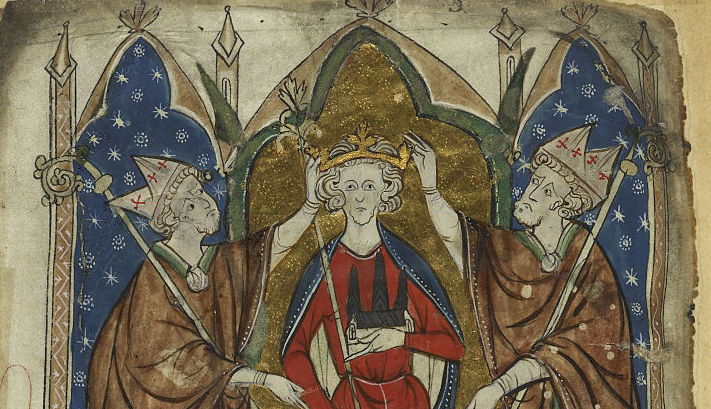
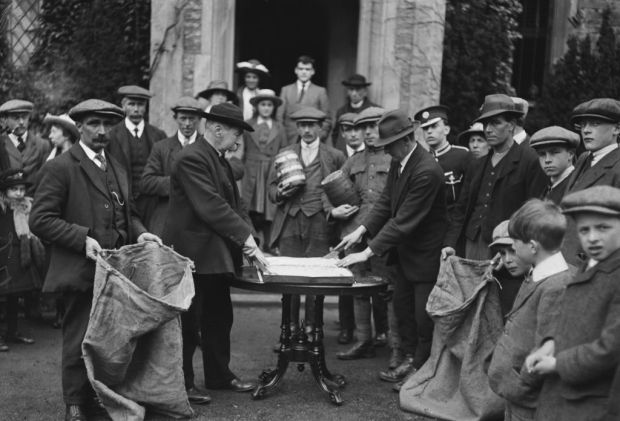
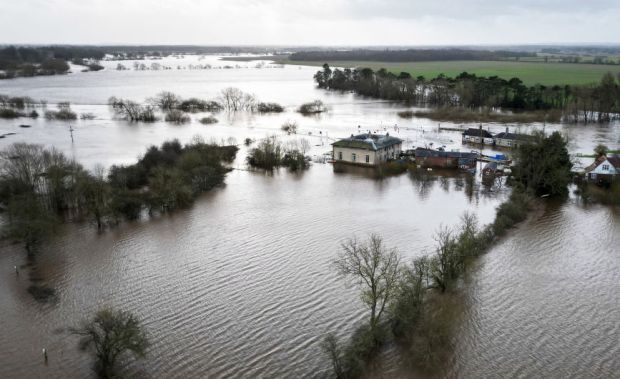
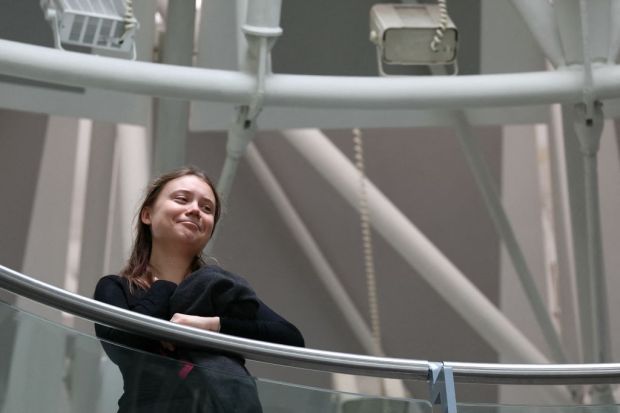
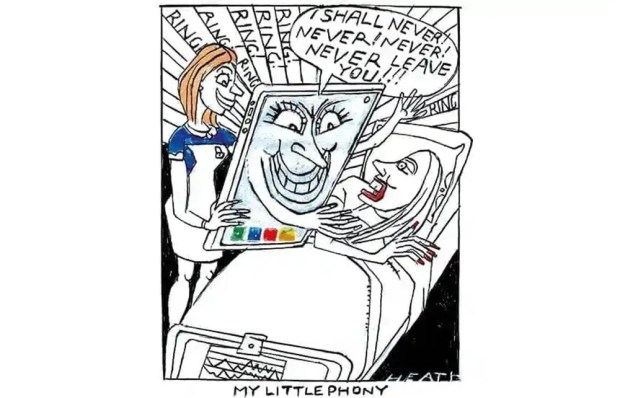
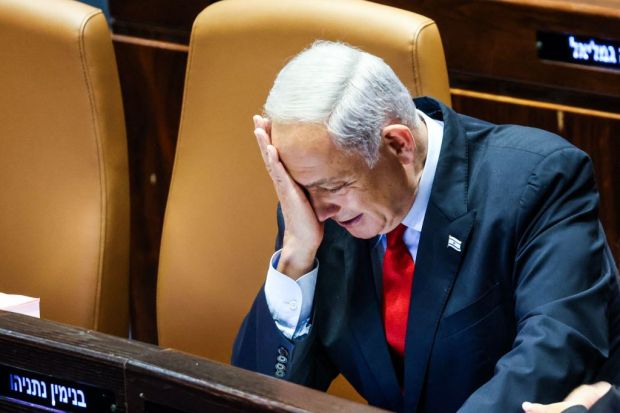
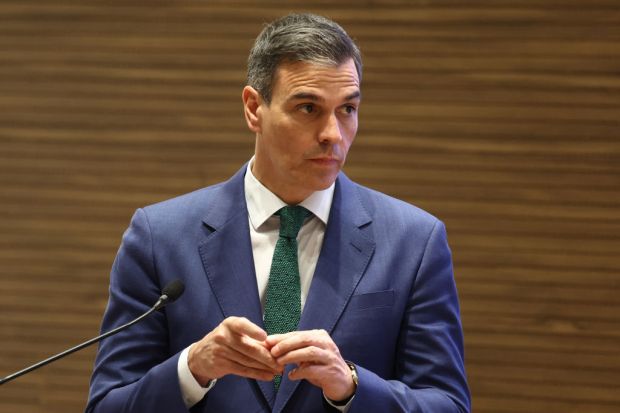












Comments
Don't miss out
Join the conversation with other Spectator Australia readers. Subscribe to leave a comment.
SUBSCRIBEAlready a subscriber? Log in